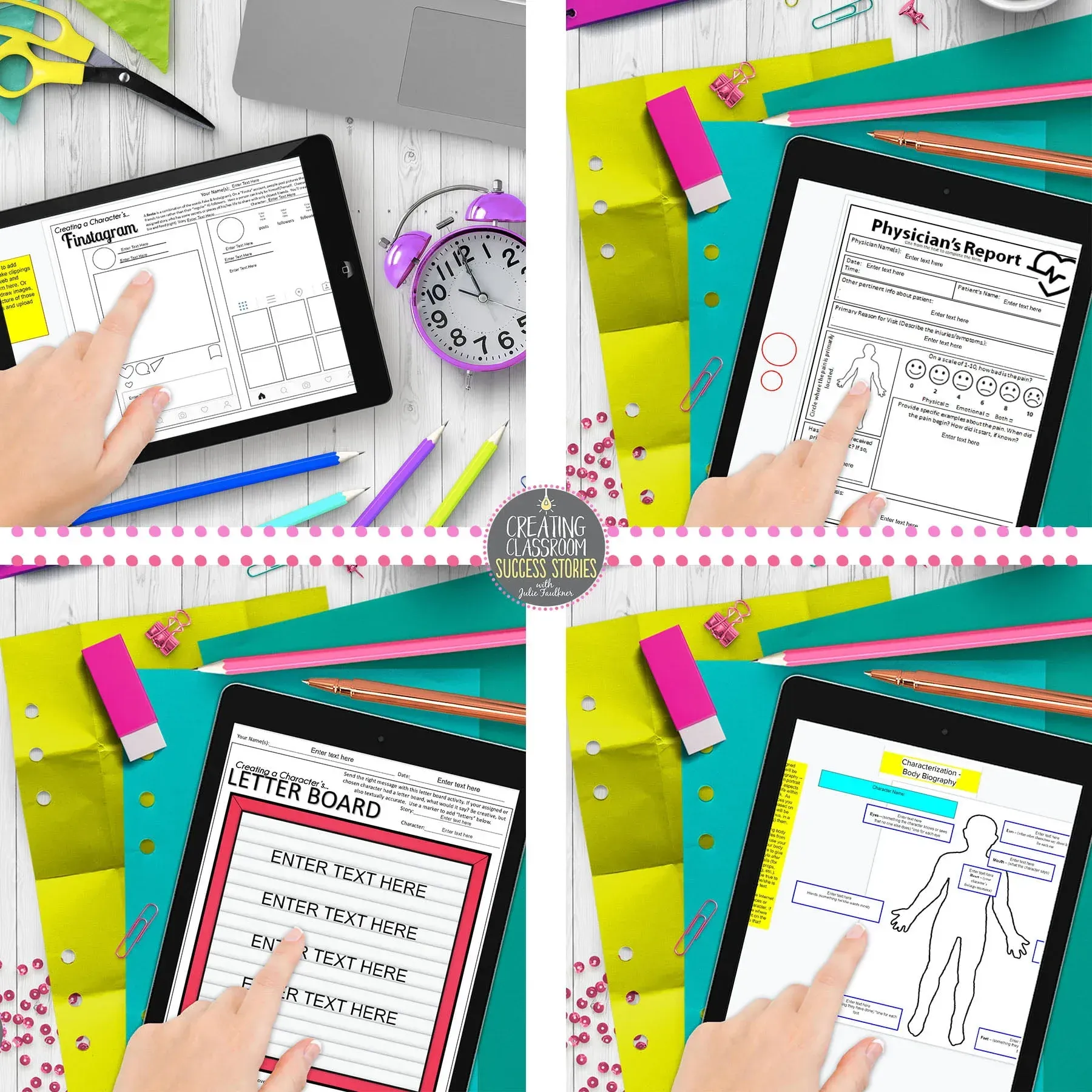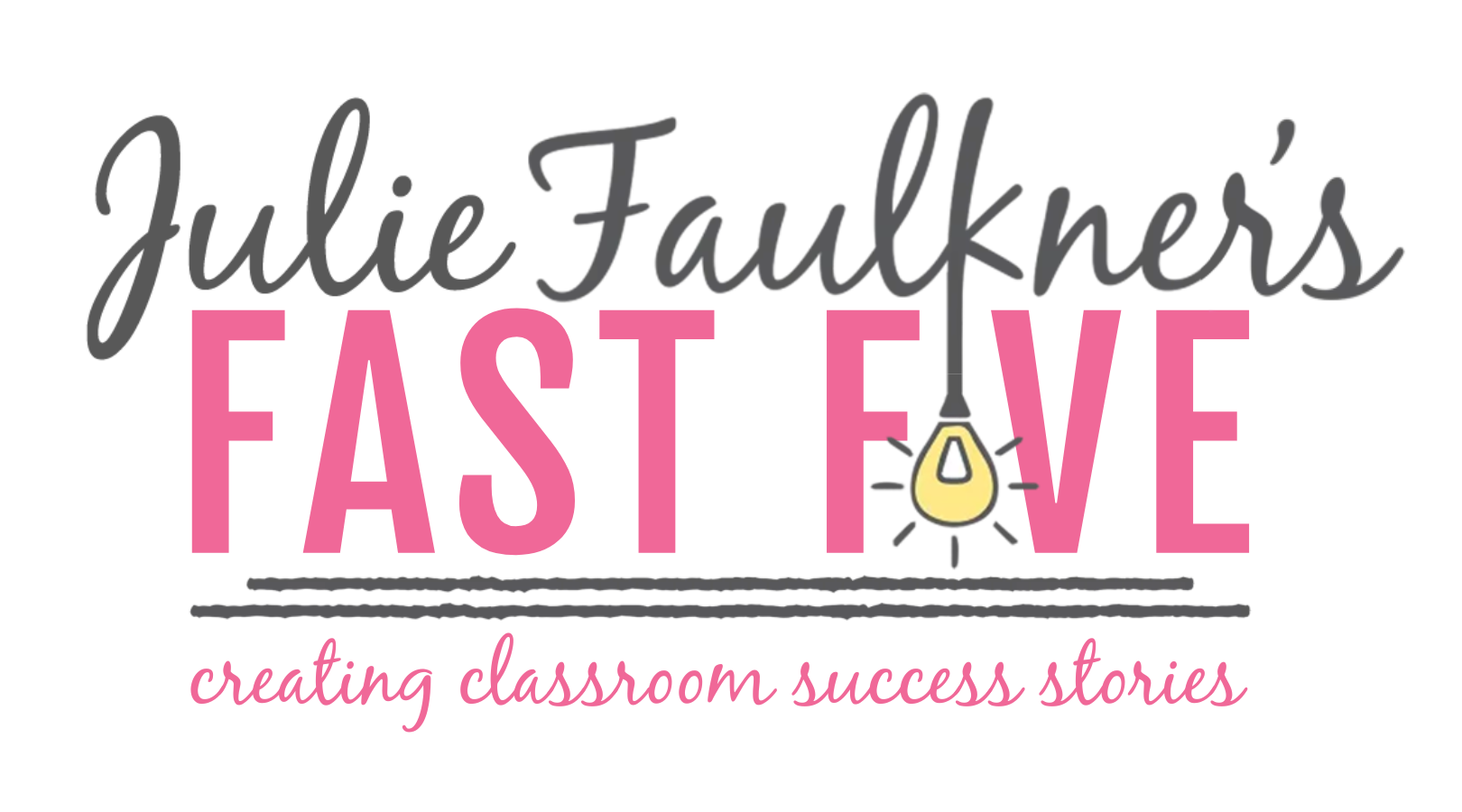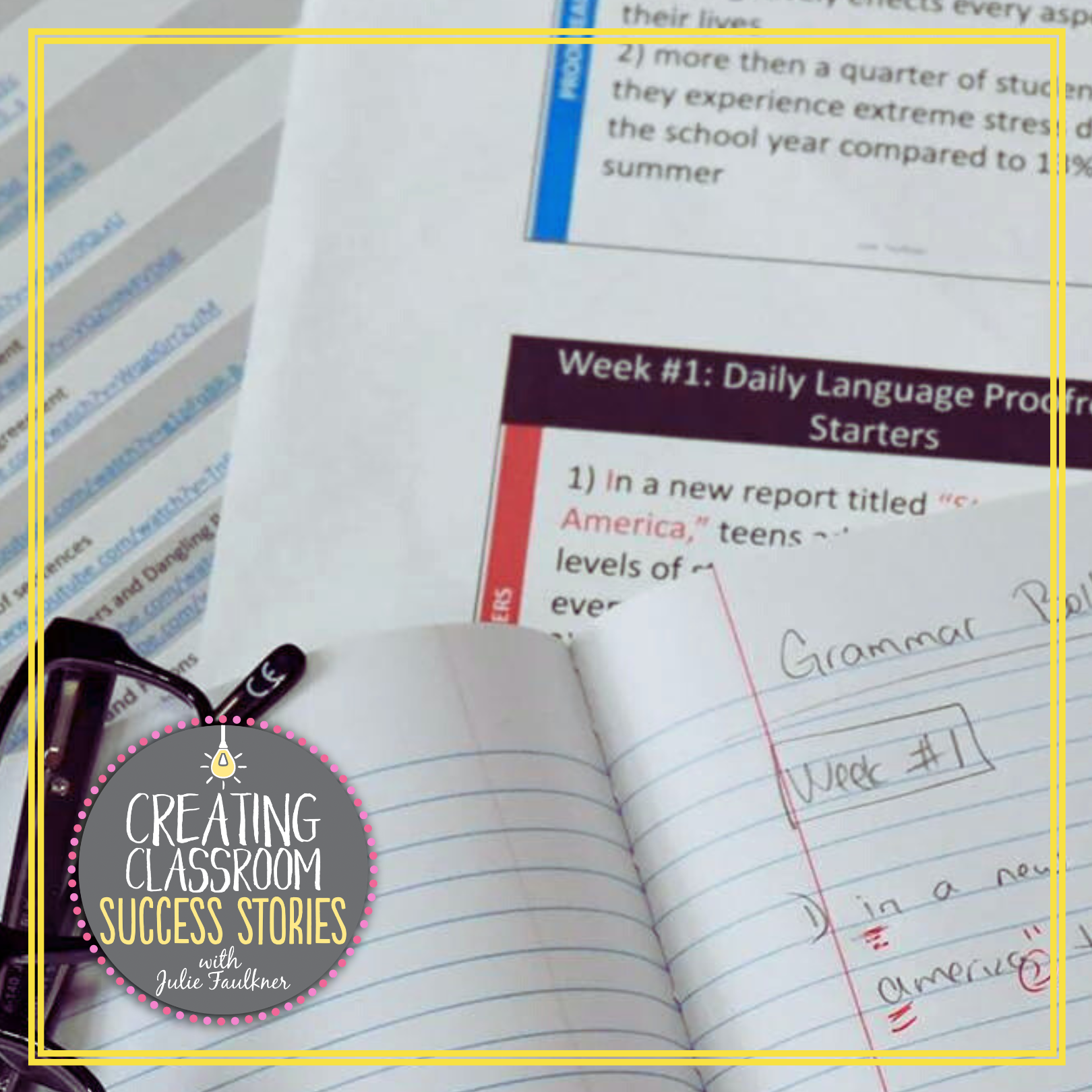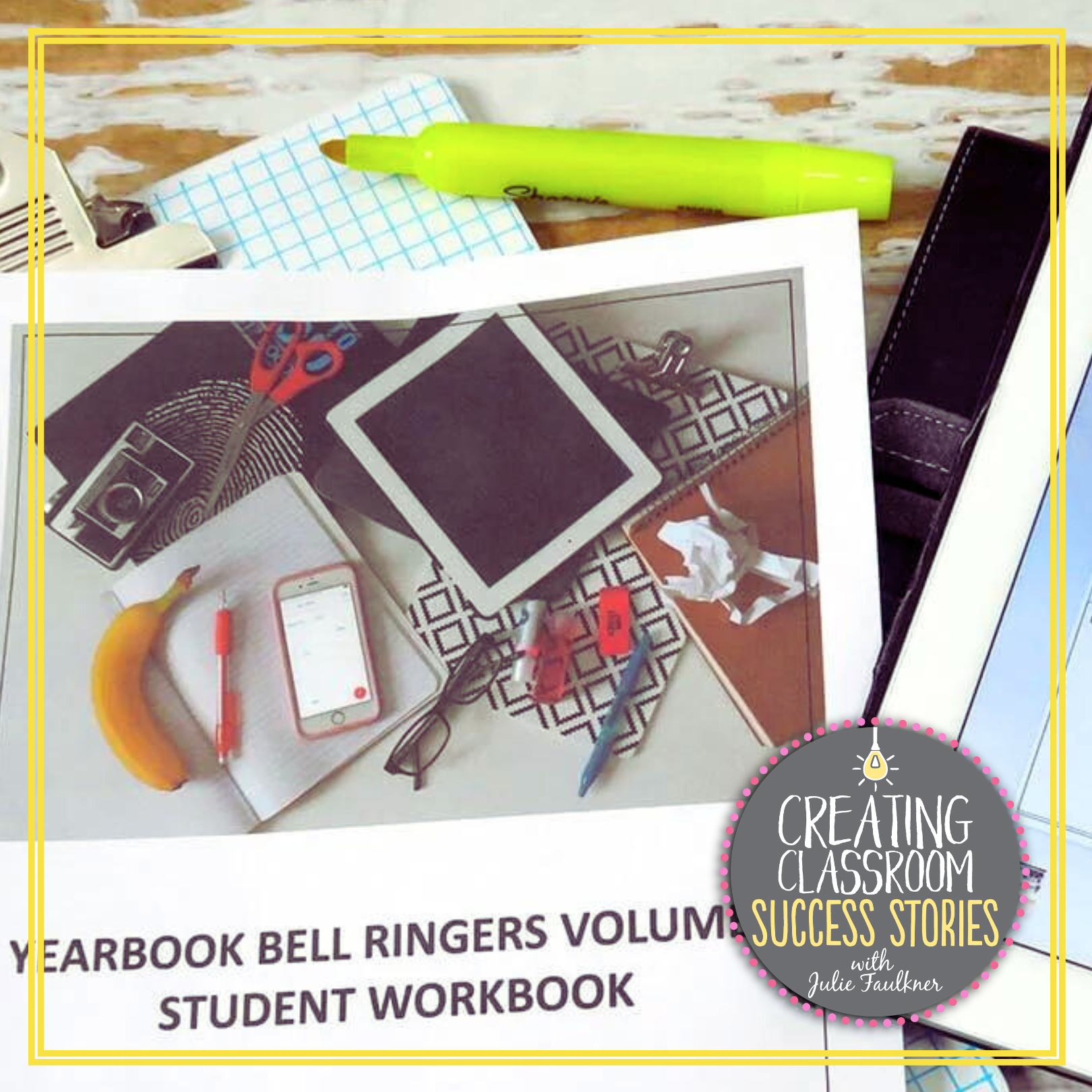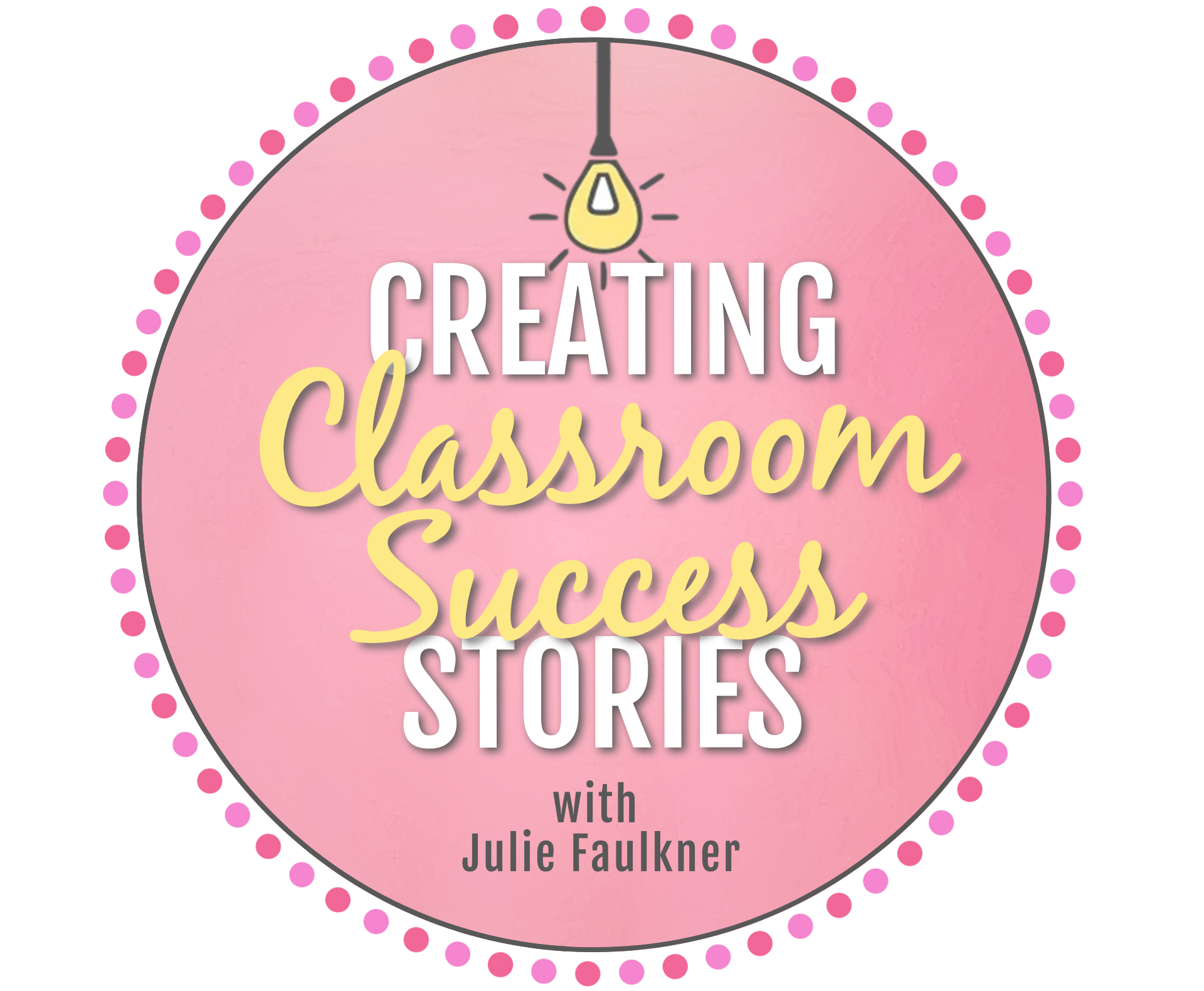Tips for Distance Learning
Book Club Meetings
Hosting a book club meeting with my high school English students is generally the highlight of my week. There is the possibility, however, that for some reason — sickness, school cancellations, breaks, etc. — that your regular in-class book club meeting might not take place within the four walls of your classroom. (If you want to read more about what my traditional books clubs are, check out this post first.) That doesn’t mean, though, that you and your students have to miss your book activities and discussions. Here are five tips, ideas, and strategies for making your online distance learning book club meetings a success.
Reading Schedule
A reading schedule is always part of my traditional classroom book club process, but when students are tackling it on their own, they will need a more defined reading regiment. When students are learning to juggle their own schedule and they have multiple assignments to complete, “rolling deadlines” might be a detriment to your book club. So, the book club meeting can go as planned, we want students on the same page, quite literally. Flexibility is important in understanding not all students can and will work/read at the same pace, but just giving a day-by-day guide for pages that need to be read is a simple fix. Normally, I assign a certain set of pages to be read each week, and that works pretty well. In this distance learning environment, a calendar for daily pacing would be more beneficial.
Extra Support
While students are working through the reading and assignments alone, they will face a different set of challenges than they would in class. For book clubs, my students are always reading a book out-of-class, but they have more access to things they need such as dictionaries, art supplies, enthusiasm from the teacher and their classmates, classroom decor, hearing the text read aloud, and quick answers to their questions.
- For difficult vocabulary, consider providing a list of words and their definitions up front.
- If you are going to be assigning artsy tasks, be sure to offer students the opportunity to come pick up supplies.
- Build excitement by sending encouraging messages, posting fun quotes from the book, sharing funny memes, or linking in video clips from the movie or of the author speaking.
- With every novel/book club I start, I do just a little bit to decorate my classroom. With distance learning book clubs, I still want to do that. If you have posters that match your text, snap a picture of them and post on the wall of your online learning platform. If you are using Google Classroom, join my Teaching English Facebook Group, and get a set of “Love Reading” Google Classroom headers free!
- Whether I am in school or at home teaching a book, I always link in the audio of the text. Providing students with audio for a text is controversial, but in this case for sure, we need to offer students as much support as possible. Audio will provide, at the very least, extra support for your struggling readers.
- To answer as many questions as possible while students read, you might offer short summaries of the chapters or “reading points” to guide them along. Posing a daily question can also guide reading and lead to better comprehension.
Creative Activities
During my book club meetings, we always do some kind of activity that makes the text come alive and helps us do a deep dive into text: body biographies, “Twidder” summaries, paired poetry with guided annotations, making letter boards, etc. This is the time when students are reviewing what they’ve read, re-reading the text to formulate responses and cite, and just having a good time! During an online classroom situation, you don’t have to skip this; it just takes a little bit of re-thinking. What can students do at home that they would normally do in class, and how? Instead of cutting out magazine pieces for a character collage, have them make a meme. In place of acting out a readers’ theater script in class, have students create a video on their device and post it to their favorite social media app. Many paper-based tasks can also easily be uploaded or converted to digital. Check out my Creative Activities for Any Text Pack, which includes BOTH printable and digital activities (ready-made for Google). These often aren’t long activities — just enough to get the creative, critical thinking juices flowing. My friend Melissa over at Reading and Writing Haven also has some really practical tips for ways to create digital one-pagers over at her new blog post (here.)
Discussions
I always enjoy seeing what students create during the activity portion of the book club meeting, but getting to TALK with students about a book is my favorite part. During the discussion, I am usually playing a facilitator role, but I do jump in every now and then to clarify, keep things going, pose an opposite viewpoint, or hold students accountable to the text. Click over to watch a free video tutorial where I explain more about classroom discussions. So, how can we host these beautiful discussions in a remote learning environment? Video chats using your chosen platform (Zoom, Google Meet, Social Media Groups etc.) is probably the go-to method. You could also start a group Google Doc, and students can have a conversation that way. Google Classroom has a feature where students can comment and respond to a stream post, if you allow open commenting. Within these platforms, though, you might face some challenges:
- To support shy students, consider having every student come prepared with one thing they are wondering and one comment.
- To support struggling readers, consider what their challenges are. Perhaps, struggling readers may not really be able to formulate a question, but they could write a favorite line/passage or something about a character that they like. I often find those topics spark a ton of discussion. You can also provide questions or small tasks for students. My Response to Literature Task Cards Bundle (Printable and Digital) would make that super easy for you.
- To support students with limited or no Internet and/or limited access to a device, consider having them email or text you their comments questions prior to the virtual meet up. You can be their voice. Most online platforms will allow you to record the meeting, but again, if students have limited to no Internet access, they likely wouldn’t be able to view it. In that case, take notes during the discussion, so you could post those for students to read later.
- My friend Lauralee at The Language Arts Classroom discusses use “live streaming” meetings to bring her virtual students into literacy time. Check out her method and more ideas over at her new blog post (here.)
Assessment
My book club meetings always end with some sort of “formal” assessment; usually a short quiz or set of questions if we are at the end of a major section. The same will be true for my distance learning book club meetings. Google Forms will work wonders in this case, but you can also use digital worksheets, too. Members of my Teaching English Facebook group have access to a free Google Forms Quiz Template. If you are concerned about cheating or too much parental help, try long answers instead of short or multiple choice answers. These are often more involved and require more originality. Websites like Grammarly or TurnItIn have plagiarism checkers. There are also online quiz platforms that have timers, etc. to help prevent cheating. In assigning graded work while learning virtually, it’s important to have reasonable expectations.
In fact, in a virtual setting, whether you teach in an online school regularly or if you are teaching remotely due to school closures, setting reasonable expectations is key. Perhaps, the most important piece of keeping book club meetings going during distance learning is continuing to foster reading — and not just reading because we have to, but reading because we LOVE to. In everything I do to teach reading, I want students to enjoy it… to be transported on a journey to a place they’ve never been. Mason Cooley said, “Reading gives us someplace to go when we have to stay where we are.” After all, reading has always been about going the distance – while distance learning or not.
Find links to the Top 100 public domain books at Project Gutenberg, if your students don’t have a hard copy and you are looking for free, online materials. Openlibrary.org is also a free place for obtaining books online. Finally, Librivox offers full audio versions of public domain books.
Love this content?
Sign up for my email newsletter with more tips, ideas, success stories, and freebies!






